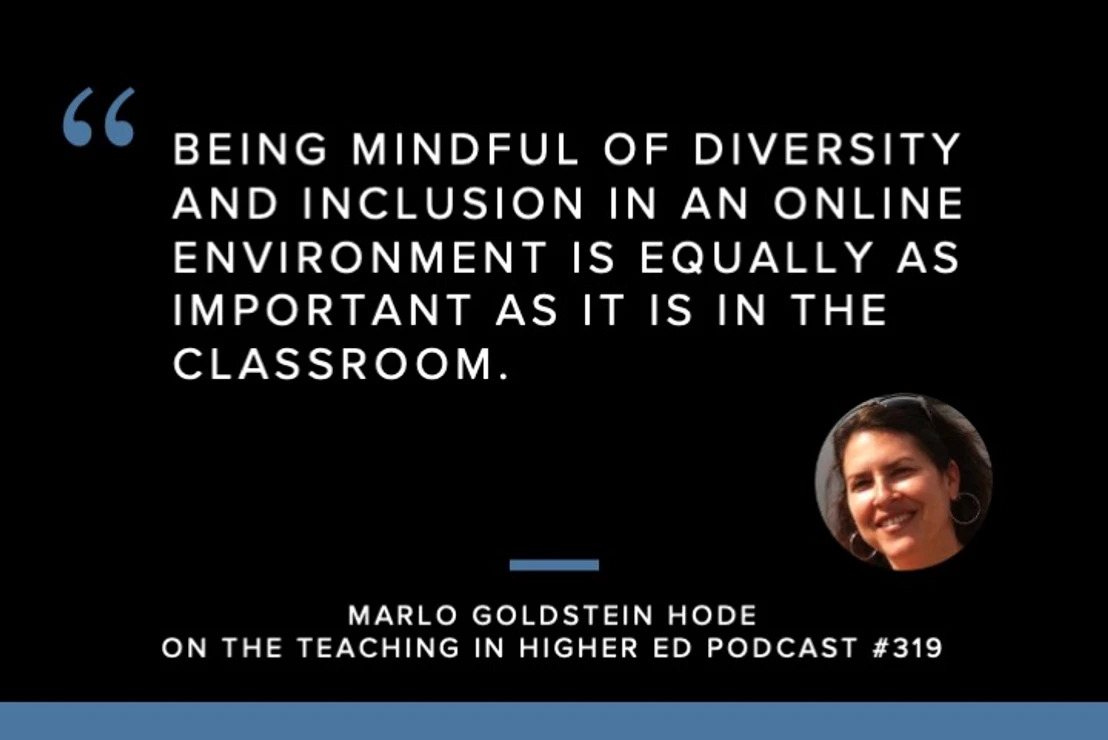Main Content
“Classrooms can be places of hope, where students and teachers gain glimpses of the kind of society we could live in and where students learn the academic and critical skills needed to make it a reality" (Au, Bigelow and Karp, 2007).
Creating anti-bias classrooms means asking questions that lead to liberatory practices for the benefit of all students. For example, "How can I make my instructional practices more inclusive? What guidelines have I established prior to critical conversations about difficult social issues? Whose voice is or is not represented in my curriculum? What implicit and explicit messages, as well as behaviors, do I exhibit that motivates students to engage and take risks?"
Faculty are encouraged to think about the implicit and explicit messages we send our students about the kind of teaching and learning experience they can expect to have with us.
Resources
National Equity Project - Developing Community Agreements
Question to consider when developing an inclusion statement or classroom discussion guidelines
Addressing Microaggresions in the Classroom
Creating an Inclusive and Accessible Classroom Culture
What are Pronouns? Why Do They Matter? Resources on Personal Pronouns

